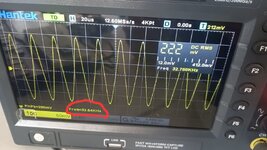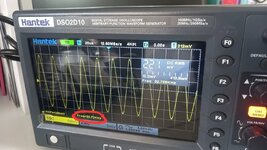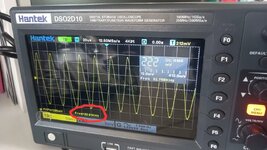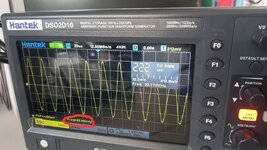Saeedk9574
Member level 3

- Joined
- Nov 6, 2023
- Messages
- 66
- Helped
- 0
- Reputation
- 0
- Reaction score
- 0
- Trophy points
- 6
- Activity points
- 516
Hello everyone,
Do you Know, how much the tolerance of ds1307 RTC is per day?
Most importantly, is this time tolerance a fix value or it has random error. Can we fix this problem with code?
Do you Know, how much the tolerance of ds1307 RTC is per day?
Most importantly, is this time tolerance a fix value or it has random error. Can we fix this problem with code?





